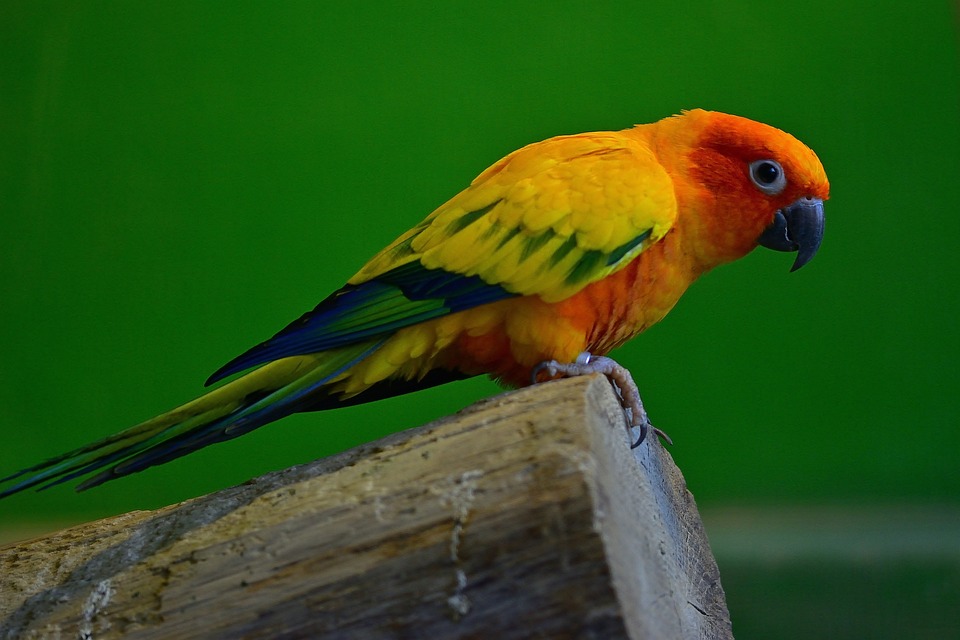Parrots are highly intelligent and curious creatures that require mental stimulation to maintain their overall well-being. One effective way to keep your feathered friend engaged and entertained is by providing a DIY foraging box. This article will guide you through the process of creating a stimulating foraging box for your parrot, along with some frequently asked questions to assist you in this endeavor.
Why is Mental Stimulation Important for Parrots?
Parrots, being highly intelligent animals, have an innate need for mental stimulation. In the wild, they spend hours each day foraging for food, solving puzzles, and engaging in complex social interactions. When kept as pets, parrots may lack the same level of mental challenges they would naturally encounter. This can lead to boredom, frustration, and even behavioral issues. By incorporating mental stimulation activities, such as foraging, into their daily routines, we can help fulfill their natural instincts and keep them mentally happy and healthy.
Creating a DIY Foraging Box: Step-by-Step Guide
1. Selecting the Right Box: Choose a sturdy box made of bird-safe materials. Avoid any toxic substances, sharp edges, or small parts that could pose a choking hazard. The size of the box should be suitable for your parrot to explore comfortably.
2. Preparing the Box: Clean the box thoroughly to remove any dust, debris, or potential contaminants. Ensure there are no remnants of adhesives, chemicals, or harmful substances inside the box.
3. Introducing Holes: Using a non-toxic drill or a heated metal rod, carefully create various-sized holes on the sides of the box. These holes should be large enough for your parrot’s beak to fit through but not too big that it can easily extract the treats.
4. Adding Perches: Attach a few sturdy wooden perches inside the box, allowing your parrot to navigate and explore different levels. Make sure the perches are securely fastened and spaced apart to prevent any accidents.
5. Filling the Box: Fill the box with a variety of safe and suitable foraging materials, such as shredded paper, untreated wood chips, or even crinkled and safe-to-chew items like cardboard or palm leaves. These materials will provide both mental and physical stimulation for your parrot.
6. Hiding Treats: Place some of your parrot’s favorite treats or small pieces of fruit inside the box, ensuring they are well-hidden within the foraging materials. This will encourage your parrot to actively search, explore, and work for its rewards.
7. Introducing the Foraging Box: Once the box is prepared, introduce it to your parrot’s environment. Observe and assist your parrot initially, showing it how to access the treats by demonstrating the foraging process. Allow your parrot to explore at its own pace and offer encouragement throughout the learning process.
FAQs about DIY Foraging Boxes for Parrots
Q1: What are the benefits of using a DIY foraging box for my parrot?
A DIY foraging box provides several benefits for your parrot, including mental stimulation, entertainment, and environmental enrichment. It satisfies their instinctual need to forage for food and promotes problem-solving skills, reducing boredom and potential behavioral issues.
Q2: How often should I change the materials inside the foraging box?
To maintain your parrot’s interest, it is recommended to change the materials inside the foraging box regularly. This can range from every few days to once a week, depending on your parrot’s interaction and the condition of the materials.
Q3: Can I use any treats or food items in the foraging box?
Make sure to use only bird-safe treats and food items in the foraging box. Avoid any toxic or harmful substances, such as chocolate, avocado, caffeine, or foods with high salt or sugar content. Consult with an avian veterinarian to ensure the treats you provide are safe for your parrot.
Q4: Can I leave the foraging box in my parrot’s cage all the time?
While it’s beneficial to offer the foraging box regularly, it’s important to maintain a balanced environment in your parrot’s cage. Alternate the presence of the foraging box with other interactive toys and activities to prevent over-reliance or boredom.
By creating a DIY foraging box for your parrot, you can enhance its mental well-being, promote natural behaviors, and establish a positive and engaging environment. Remember, every parrot is unique, so observe and adapt the foraging box to suit your feathered friend’s preferences and needs. Happy foraging!









